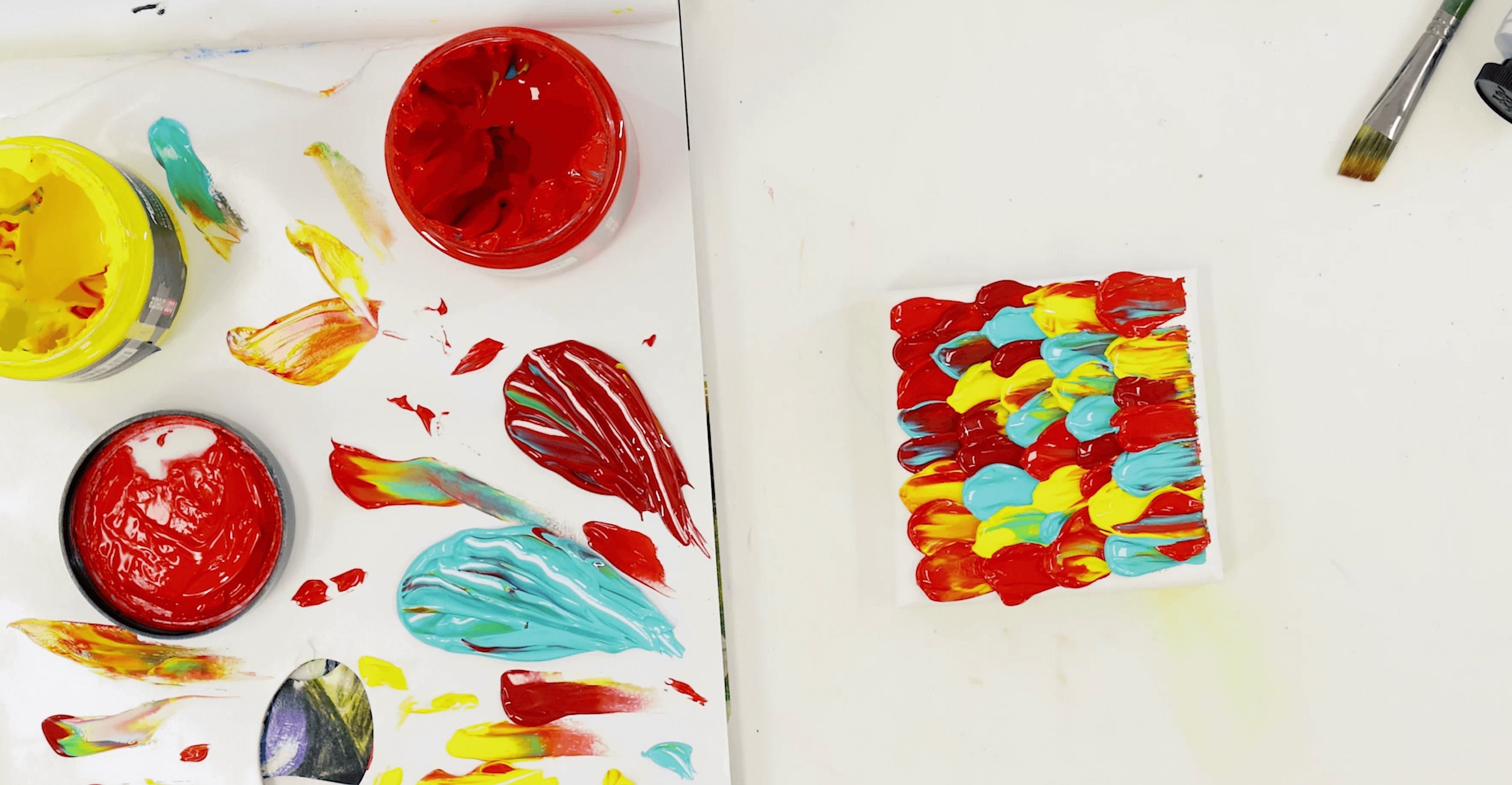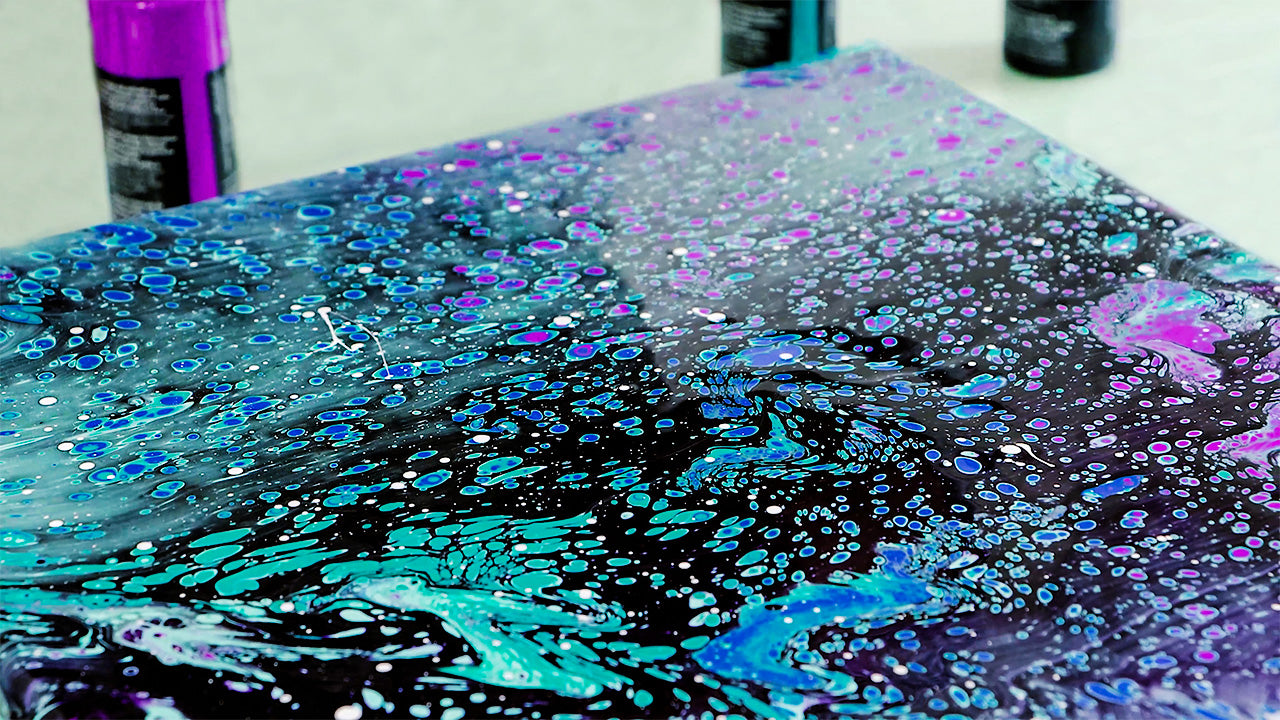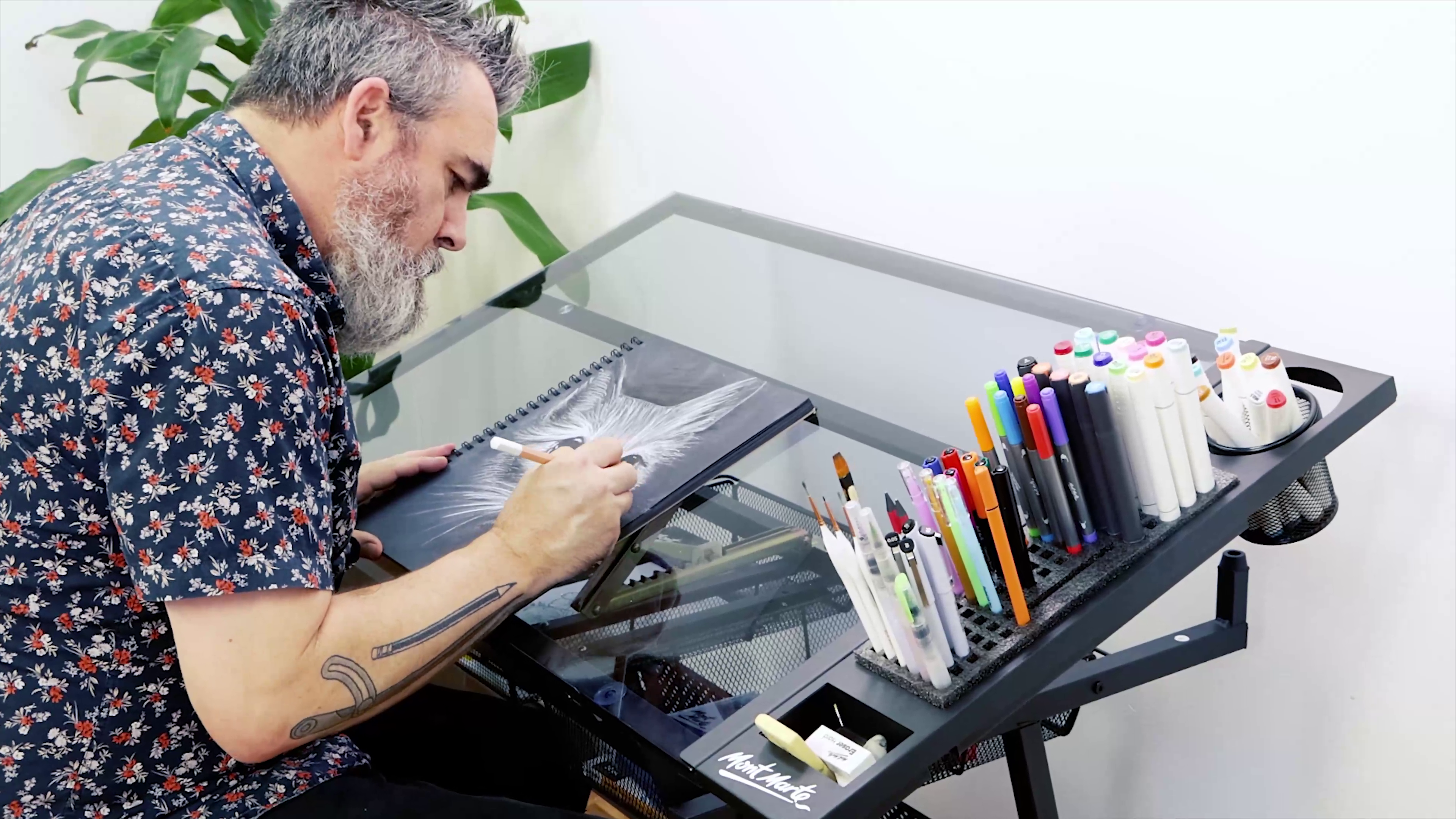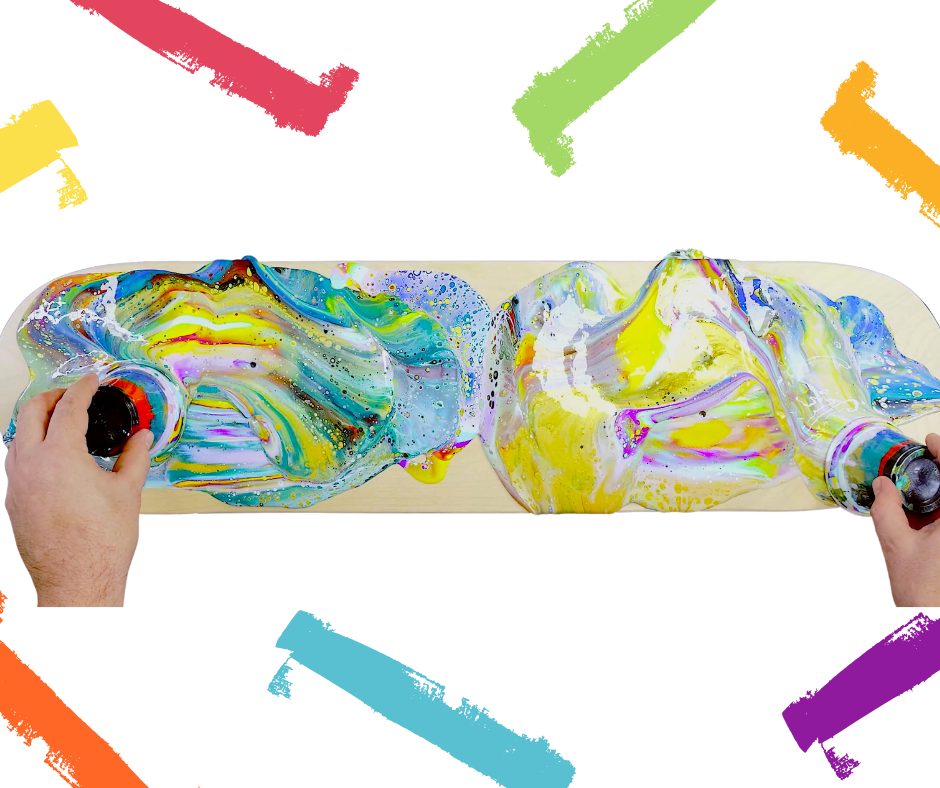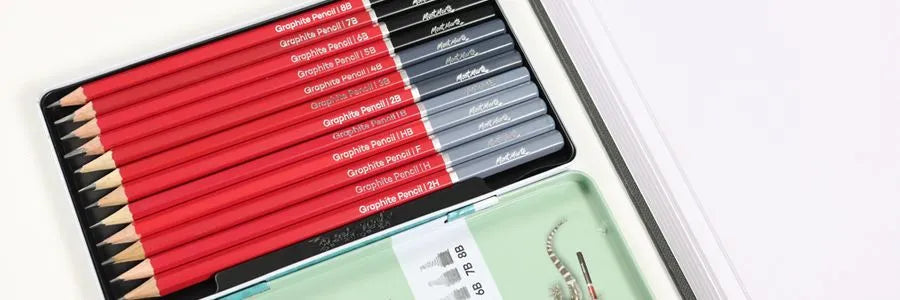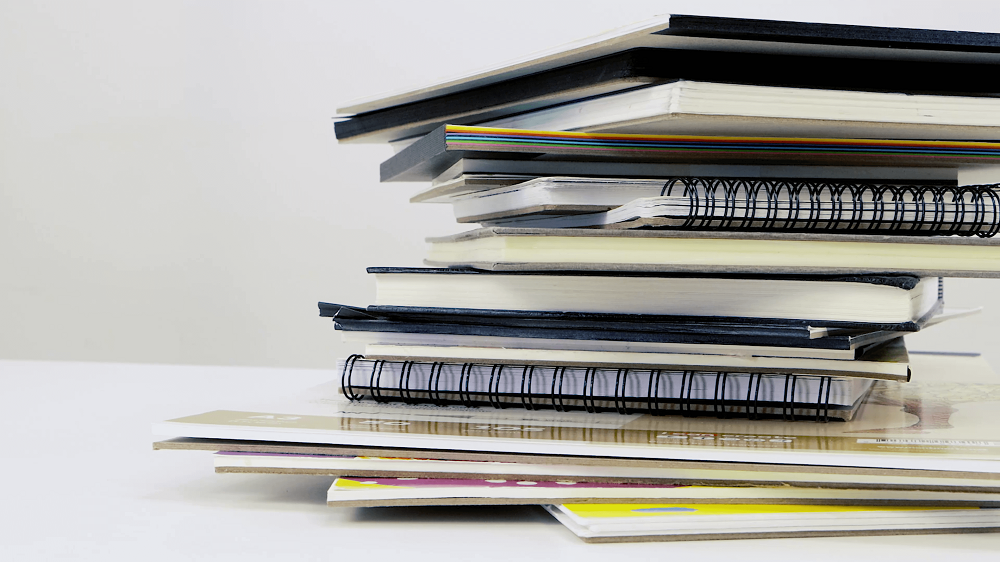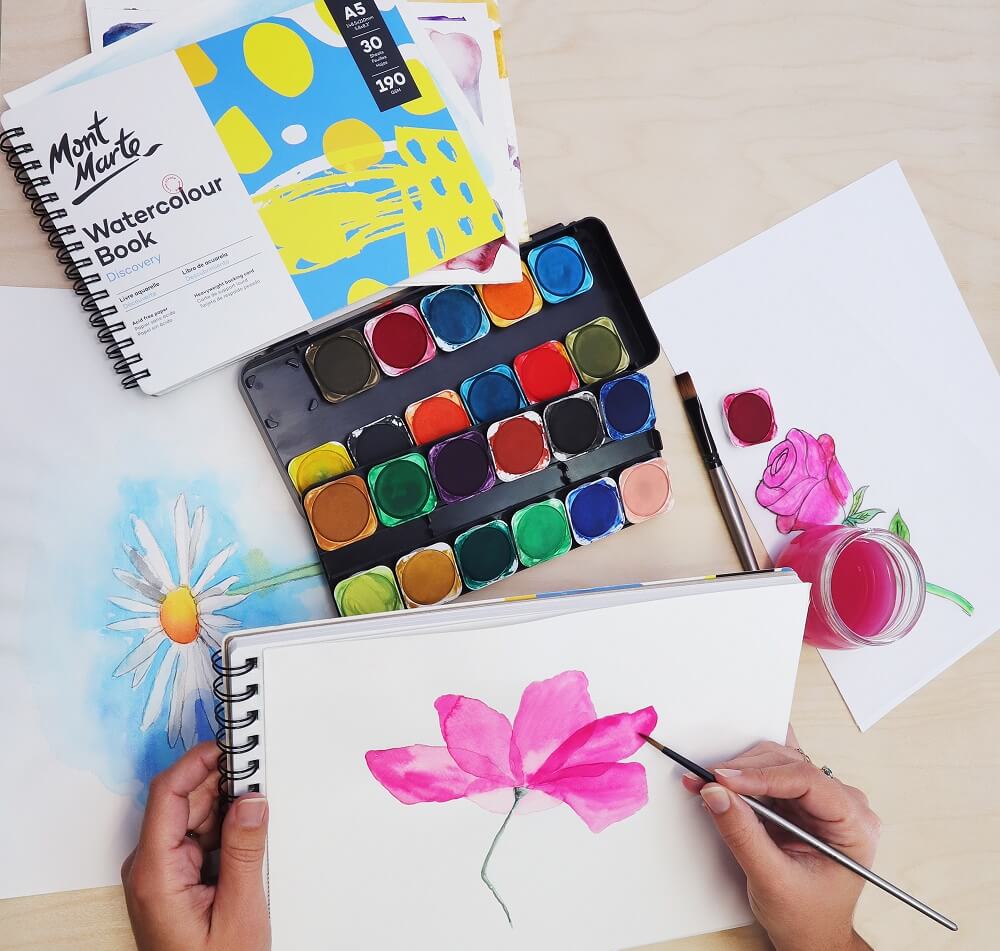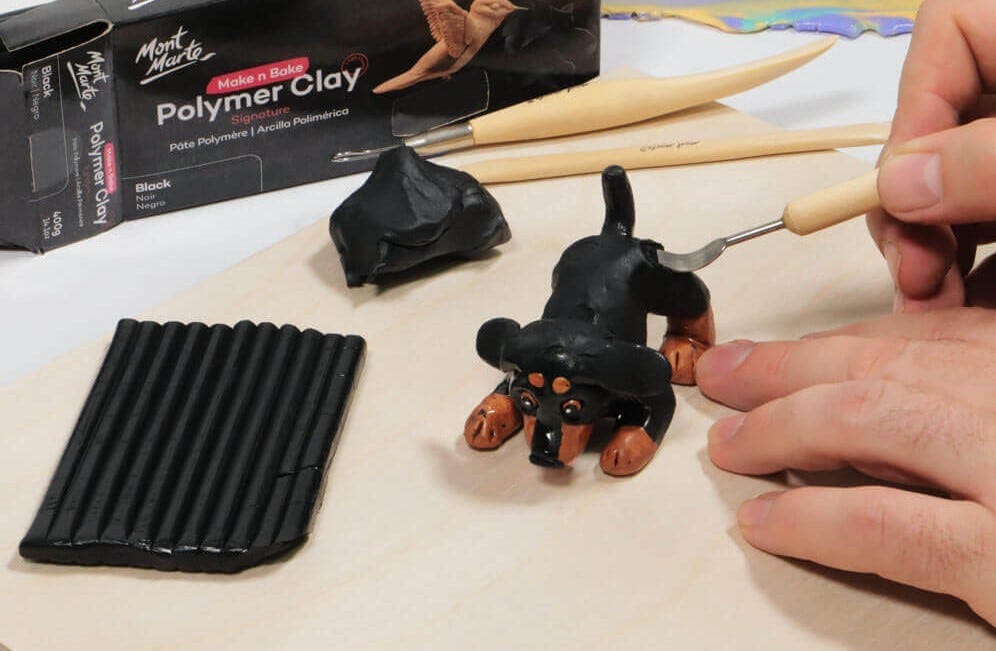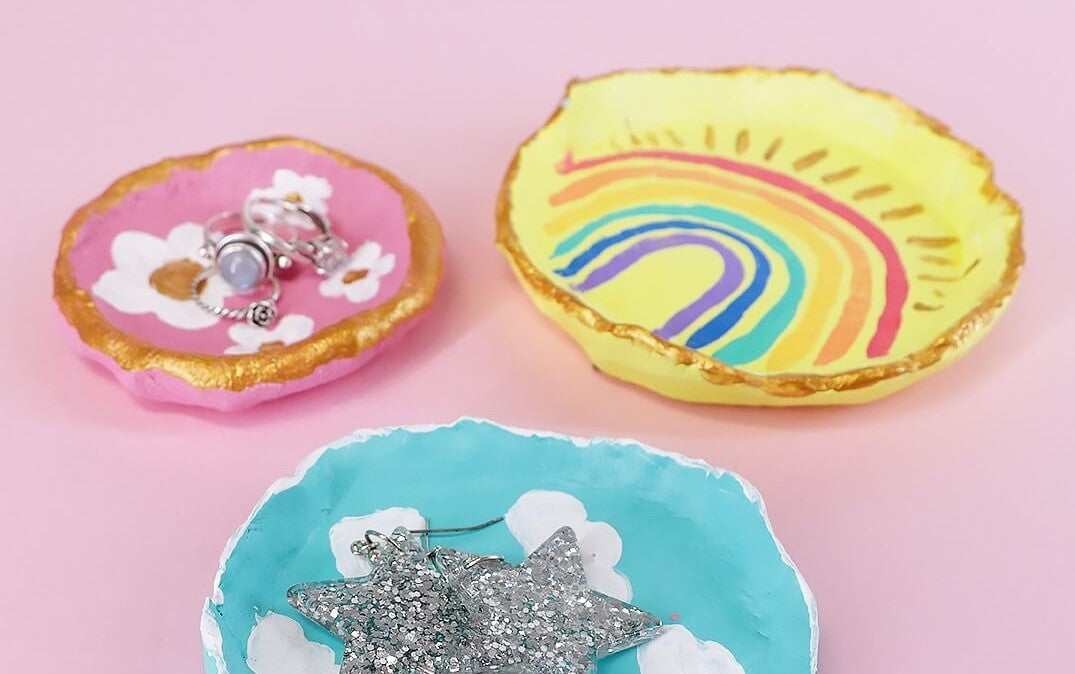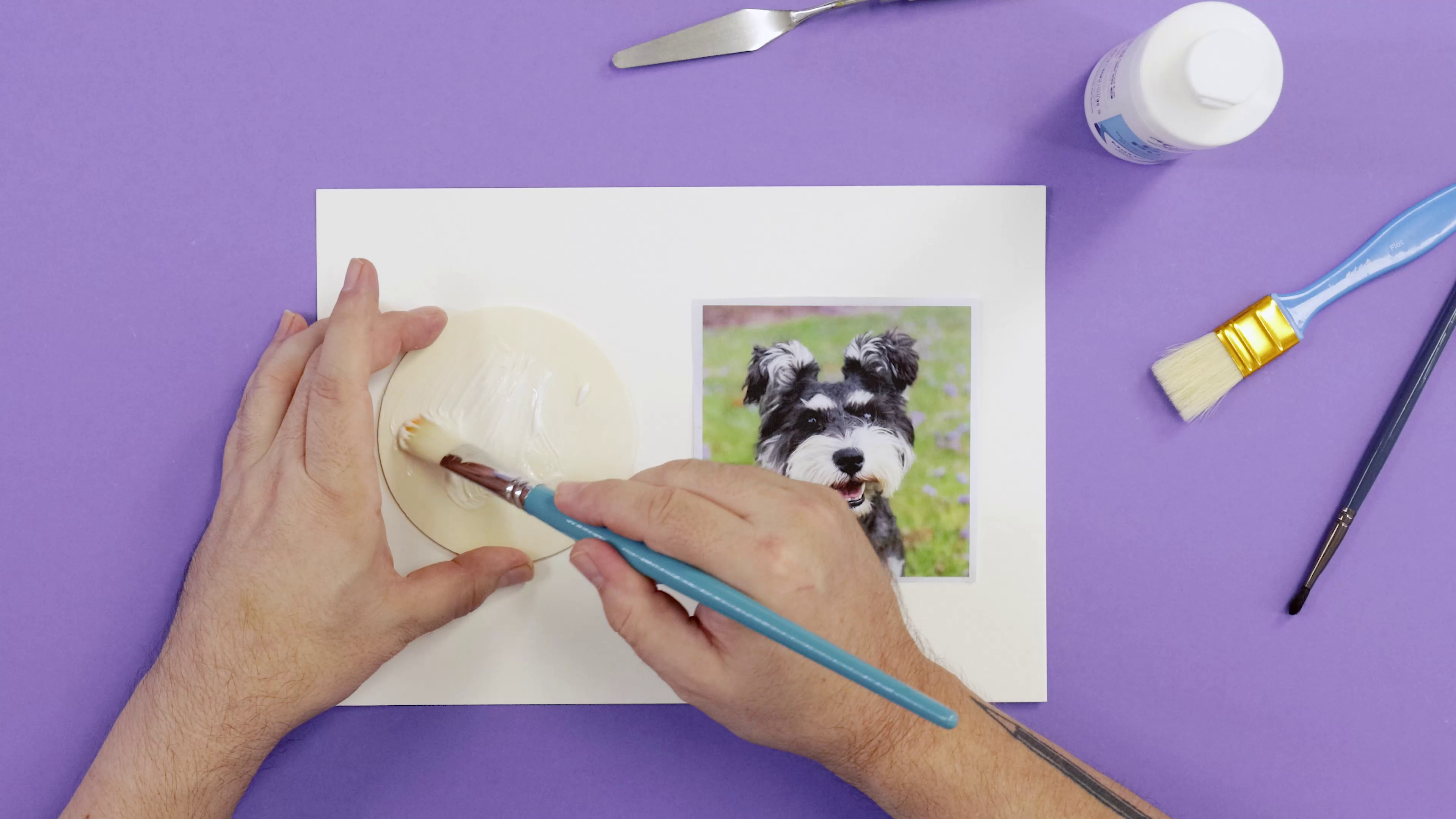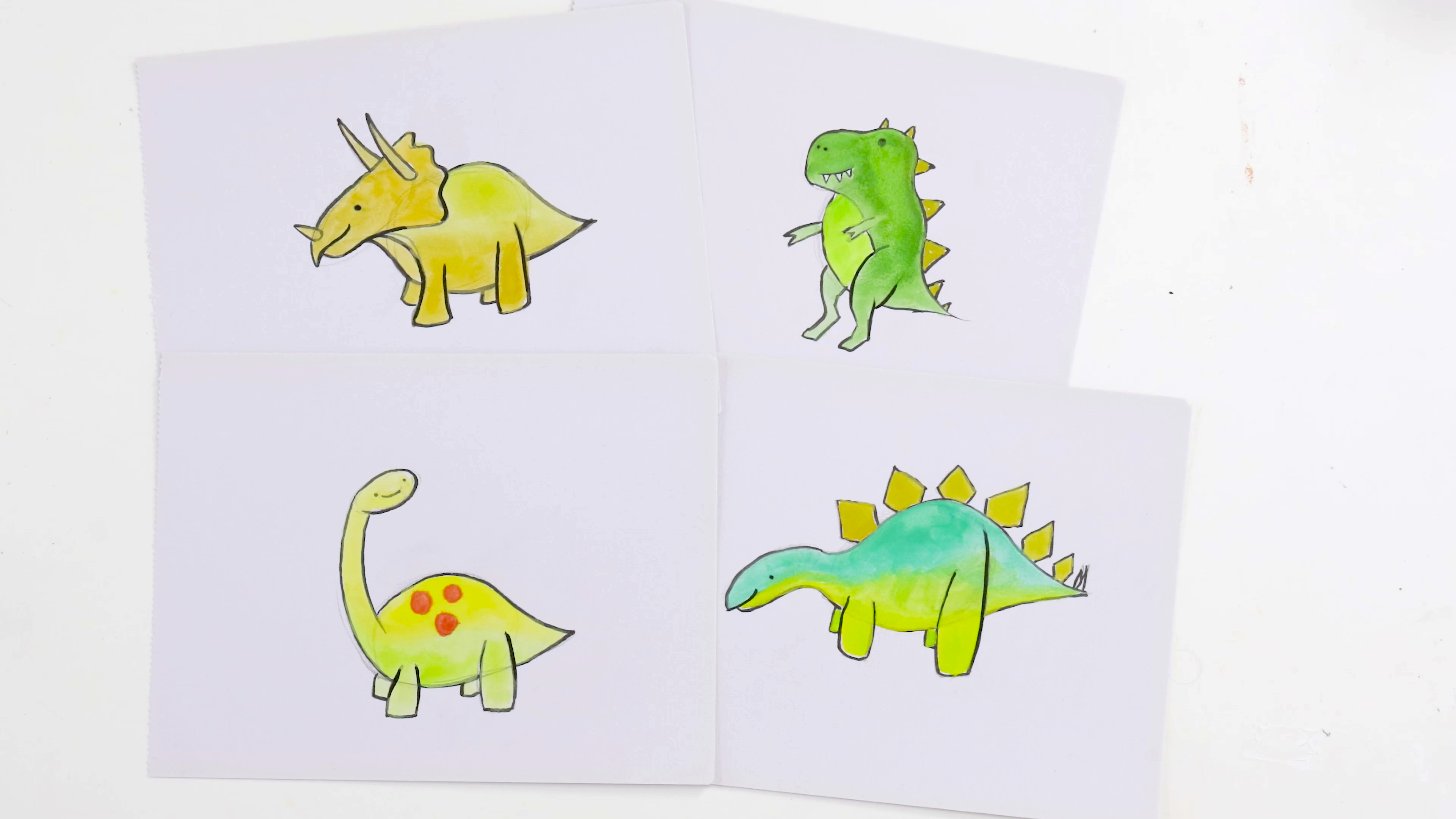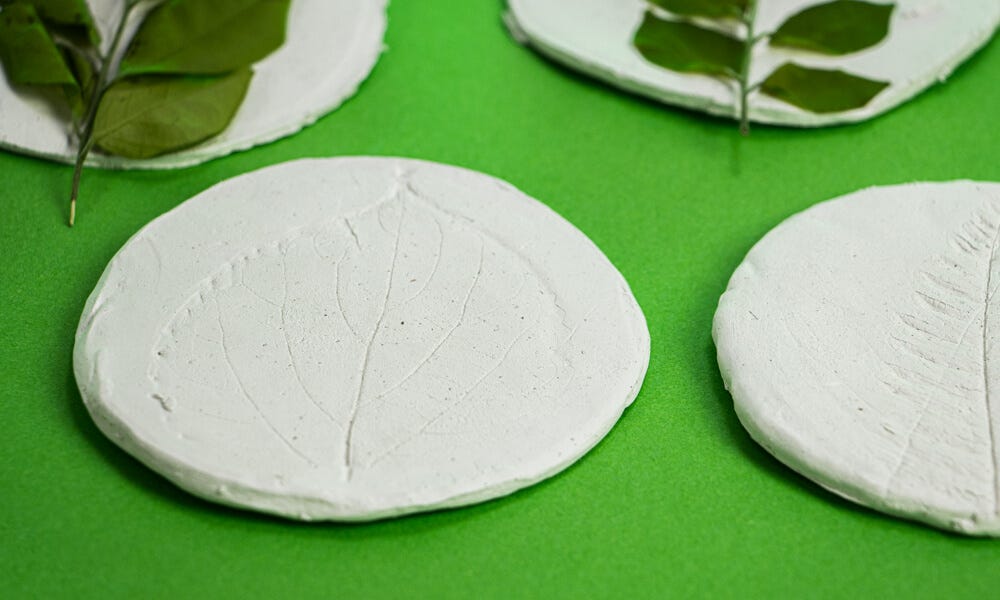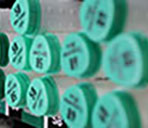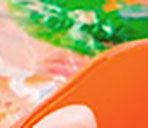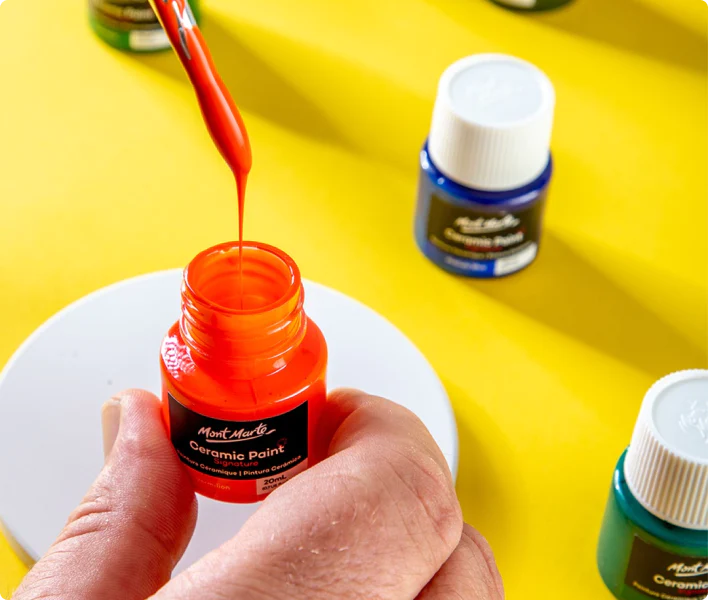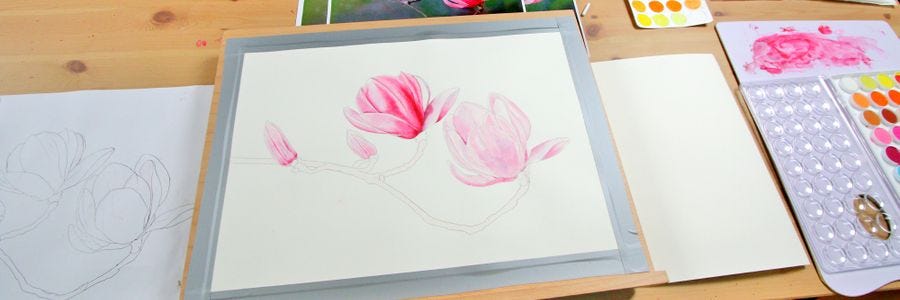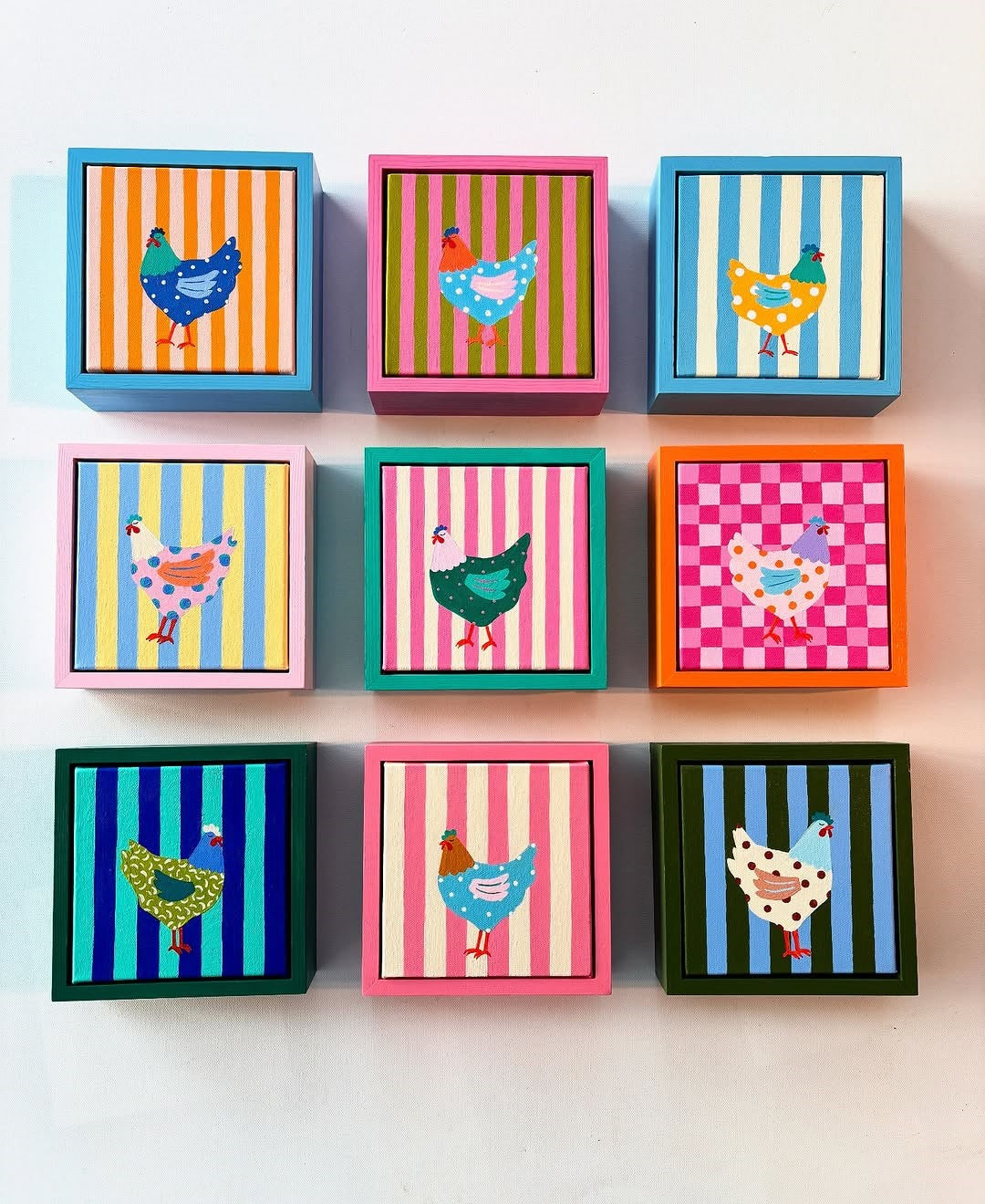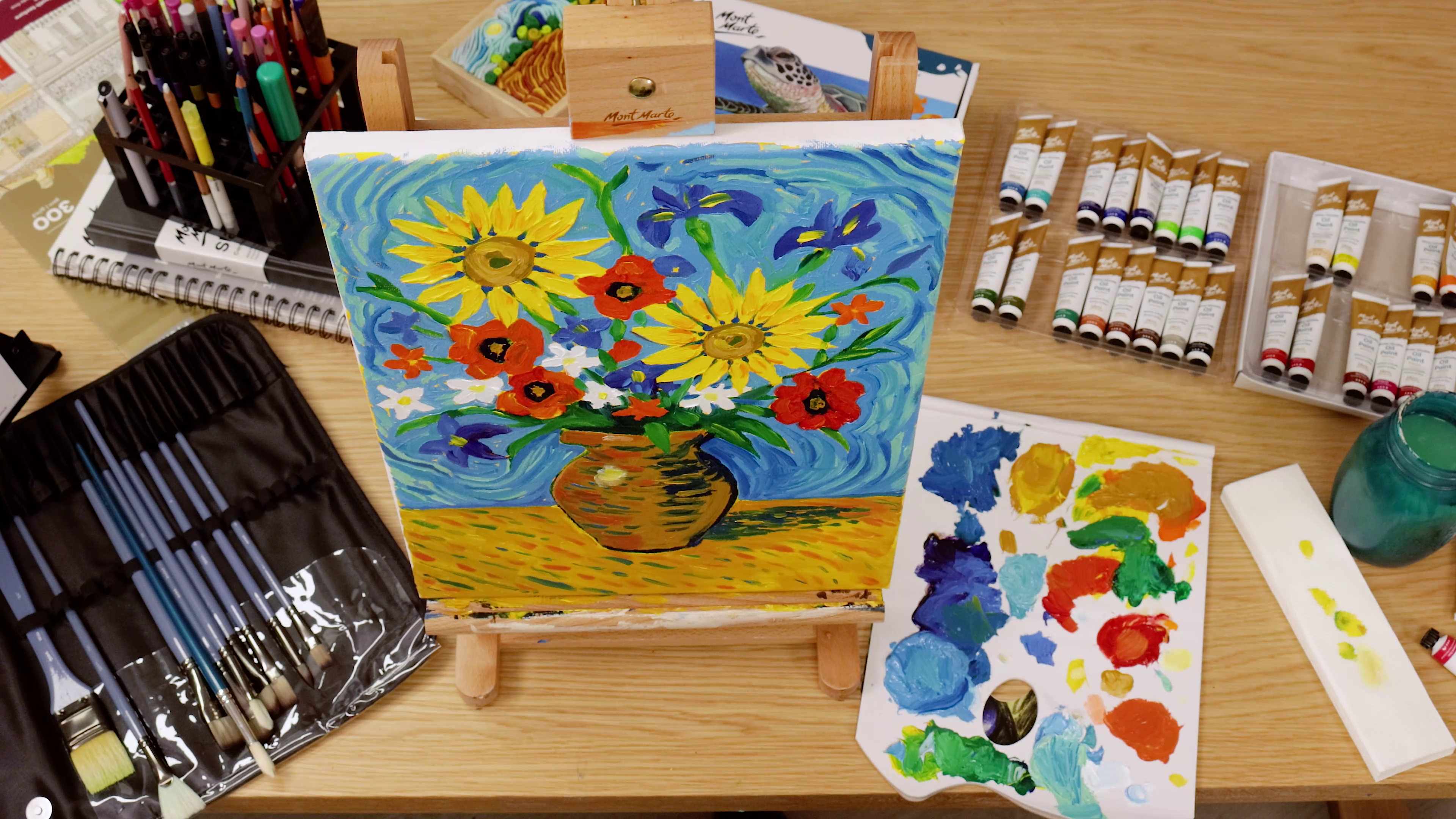Creating realistic paintings with watercolour comes with a unique set of challenges. The best way to overcome these challenges is to understand the characteristics of this medium and the artistic possibilities it presents. Our 10 watercolour tips for realistic painting help you understand watercolour so you can leverage its unique characteristics and create beautiful artworks.
1. Test Your Colours
While most paint mediums create an opaque layer on your painting surface, watercolour is translucent. For this reason it can be difficult to mix realistic colours on the palette. We suggest that you always have a sheet of paper on hand to test out colours prior to committing to the finished piece.
2. Use Smooth Paper
Realism in watercolour generally involves fine work. For this reason it is a good Idea to use a smoother stock as it makes detail work easier to accomplish.
3. Make Colour Swatches

Make a colour swatch of each colour on a sheet of paper so you can clearly see your options. This makes it easier to select the most appropriate colour for the area that you’re working on.
4. Don’t Use ‘Straight’ Black
Never use ‘straight’ black in a realistic watercolour because it looks too sterile and unrealistic. Details such as shadows are not ‘straight’ black. Instead mix it with red, blue and green to give the tone some warm and cool characteristics.
5. Plan with a Drawing
It’s important to get perspectives and proportions right from the start by planning your artwork with a drawing. If you don’t get this right, no amount of careful painting will make up for it. This preparatory drawing is called an ‘underdrawing’.
6. Don’t Make the Underdrawing Too Dark

Any marks showing through from your underdrawing will undermine the realistic qualities of your artwork. If you have finished your piece and you can still see heavy lines around the details, the realistic illusion can be lost. For this reason use a 2H pencil to sketch your underdrawing (this is the lightest of pencil weights).
7. Build Your Colours
When adding colours to a realistic watercolour painting, you may have to build the colours up in a glaze to get the correct tone. This is especially the case when it comes to petals, skin tones and for elements in light.
8. Mix More Paint Than You Will Need
Watercolour paint can be difficult to mix if you need the same hue you’ve already used. To ensure you don’t run out of any colours, mix up larger amounts. This will make the process easier and will prevent colour inconsistencies.
9. Use the Best Photographic Reference Available

When you are painting a realistic artwork, the goal is to portray exactly what your eyes see. Give yourself a strong point of reference by choosing a sharp and crisp image.
10. Work from Light to Dark
When you’re painting with watercolour, start with the light tones and move to the dark tones. The lighter areas won’t require much paint as you rely more on the white of the paper to create highlights and lighter colours.
For more watercolour tips, check out our video tutorial on how to paint a watercolour magnolia.


